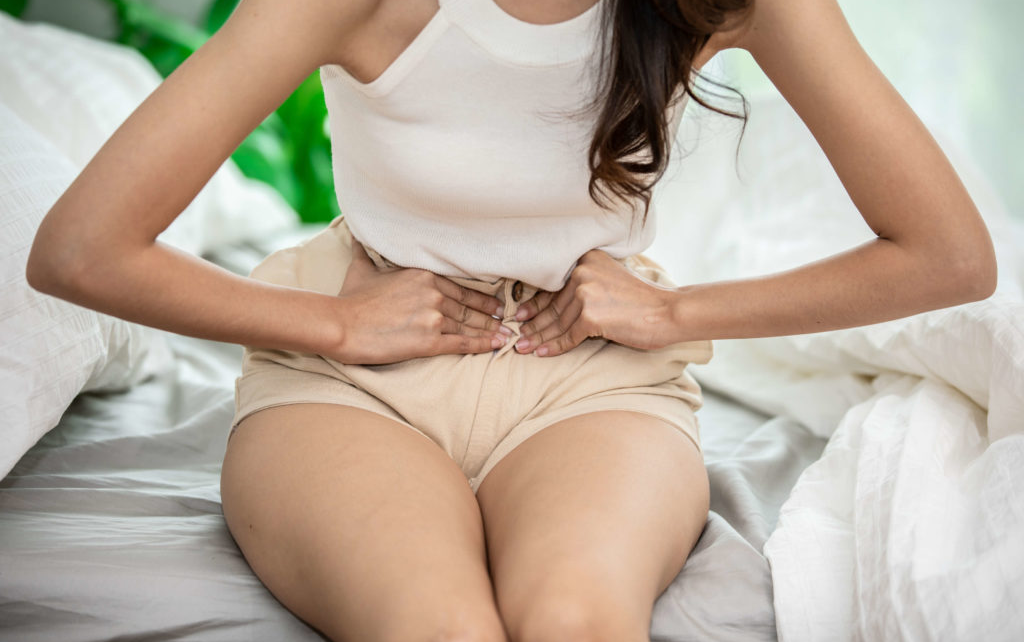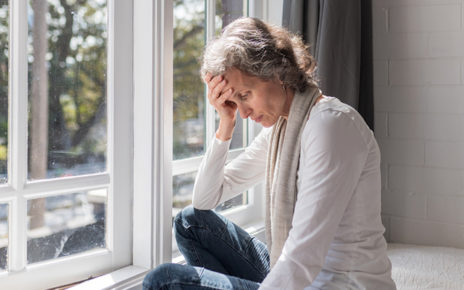Urine infection is one of the most common in babies. Detecting its symptoms in time and knowing how to prevent it is key to the well-being of our children.
It is one of the most common bacterial infections in children. A timely diagnosis helps start treatment and prevent it from getting worse. For this, parents must be very attentive, especially when they are younger, since the symptoms can go unnoticed.
CYSTITIS AND PYELONEPHRITIS: URINARY INFECTIONS IN BABIES
Urinary tract infection is a disease that consists of the inflammation of any part of the urinary system (kidneys, ureters, bladder, or urethra) due to an infection by bacteria that are located in the urine. If there is an infection of the kidneys, it is called pyelonephritis (the most serious version), and if it is only of the urinary bladder, it is called cystitis.
The greatest risk of urinary tract infection is that it can go unnoticed, especially in children under two years of age, because the most common alarm symptoms in adults (such as itching when urinating, pain in the lower back) do not manifest themselves after such a short period of time. Ages, which can delay diagnosis and end up causing damage to the kidney in the form of scars that will later cause problems in adult life.
Fortunately, early diagnosis and antibiotic treatments that are currently available help prevent this from happening and, in general, after the scare that the parents take, a full recovery of the child occurs, and it is of no great importance.
SYMPTOMS ACCORDING TO AGE
The symptoms of urinary infection depend on age. In children under one month of age, it can cause excessive sleepiness, weakness or irritability, lack of appetite, vomiting, intense jaundice (very yellow color of the skin), lack of weight gain, fever, or vice versa: hypothermia (temperature less than 35º C ).
Up to 2 years of age, we can notice a lack of appetite. The child does not gain weight, vomiting, abdominal pain, irritability, excessive sleepiness, or fever without apparent cause (no cold, diarrhea, or other symptoms).
In children older than two years, in addition to any of the above symptoms in children older than two years, there may be pain or burning when urinating, a feeling of wanting to urinate, urinating many times, and pain in the lower abdomen, flank or lumbar area.
The symptoms described appear little by little and when we detect them, it is advisable to request a preferential appointment with the usual pediatrician, who is the one who best knows our child’s medical history. But if the baby is very small (less than 2 or 3 months) and has a fever or is very weak, you must go to the emergency room of the health center or hospital.
BACTERIA INFECTION
Urine infection is caused by bacteria of intestinal origin that are in the perineal area (the area around the genitals and anus) and that usually enter the urinary tract from below, through the urethra, ascending to the bladder, and even, above all in children under two or three years, to the kidney. The most frequent bacteria is Escherichia coli; other pathogens are Proteus and Klebsiella.
Urine infection is much more frequent in children under 1 year of age, perhaps due to the natural phimosis (narrowing of the foreskin) that they present, where bacteria accumulate if careful hygiene is not maintained in this area, and from the age of 3 it is more common in girls, as there is less distance between the exterior and the bladder.
HOW TO PREVENT URINE INFECTION?
We offer you a total of four basic tips to keep your baby practically safe from suffering from cystitis or pyelonephritis.
- GOOD GENITAL HYGIENE
To avoid infections, it is important to maintain good genital hygiene, which implies frequent diaper changes and always cleaning the girl or boy from front to back so as not to drag bacteria from the anus to the genital area.
On the other hand, they are less common in infants and children who continue breastfeeding because urinary tract infections benefit from the defenses provided by mothers through milk.
ANTIPYRETICS AND HYDRATION
Urine infection is a disease that requires medical treatment, and parents must collaborate by facilitating compliance. If the baby or child has a fever, give him an antipyretic (paracetamol or ibuprofen) while we wait for his usual pediatrician to see him.
It is also convenient to give him to drink all the amount of liquids that he admits. For the medical visit, if the baby or child is breastfed, it must be offered frequently in the waiting room; and if not, you have to bring prepared bottles or drinks, since, in addition to fighting fever and infection, it will facilitate the analysis that they will almost certainly ask for.
With the symptoms that we tell the pediatrician, and if no other cause is found (angina, otitis, cold, bronchitis, diarrhea) he will need a urine test and possibly a blood test; the urine test to confirm the infection and the blood test to see if it is pyelonephritis (kidney infection) and its severity.
The urinalysis should be based on the examination and culture of urine to diagnose the presence of bacteria (not on urine test strips, which give a merely indicative result). In the blood test, the doctor will see the typical signs of more or less serious infection: if the number of white blood cells (leukocytes) and C-reactive protein (CRP) are greatly increased, it is more likely that the kidney has been affected by the infection and is therefore pyelonephritis.
In some hospitals, they can do, instead of or in addition to the CRP test, the erythrocyte sedimentation rate (ESR) test or the procalcitonin (PCT) test, which will also be increased if there is infection.
ANTIBIOTIC TREATMENT
All children under 1 month, almost all children under 3 months, and very ill children over 3 months will be admitted to hospital to be treated with antibiotics: intravenous for the first 3 to 5 days, until the fever subsides and the general condition improves, and then orally, usually at home, for a total of 10 to 14 days.
Those older than 3 months with a little affectation of the general condition and who take oral medications well, will be treated at home for about 10 days with antibiotics. But if they don’t take them, vomit, or get worse, you have to return to the consultation quickly. In most cases, symptoms subside before 4 days, but treatment must be continued for the recommended time.
- POSSIBLE COMPLICATIONS IN ADULTS
The most frequent complication if the diagnosis is not made in time or if it is not treated is the kidney injury with scars, which can cause kidney failure or high blood pressure in adulthood. Relapses can be frequent, especially if there are previous congenital lesions.
And babies younger than 1 month can develop a generalized infection ( sepsis or septicemia) if they are not treated. That is why it is so important to react and seek medical solutions in time.





